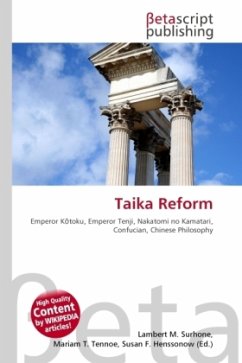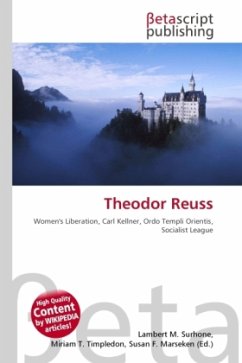High Quality Content by WIKIPEDIA articles! The Taika Reforms were a set of doctrines established by Emperor K toku in the year 646. They were written shortly after the death of Prince Sh toku, and the defeat of the Soga clan, uniting Japan. Crown Prince Naka no e (who would later reign as Emperor Tenji), Nakatomi no Kamatari, and Emperor K toku jointly embarked on the details of the Reforms. Emperor K toku then took the name "Taika", or "Great Reform". The Reform began with land reform, based on Confucian ideas and philosophies from China, but the true aim of the reforms was to bring about greater centralization and to enhance the power of the imperial court, which was also based on the governmental structure of China. Envoys and students were dispatched to China to learn seemingly everything from the Chinese writing system, literature, religion, and architecture, to even dietary habits at this time. Even today, the impact of the reforms can still be seen in Japanese cultural life. All of this happened in the 600s.







